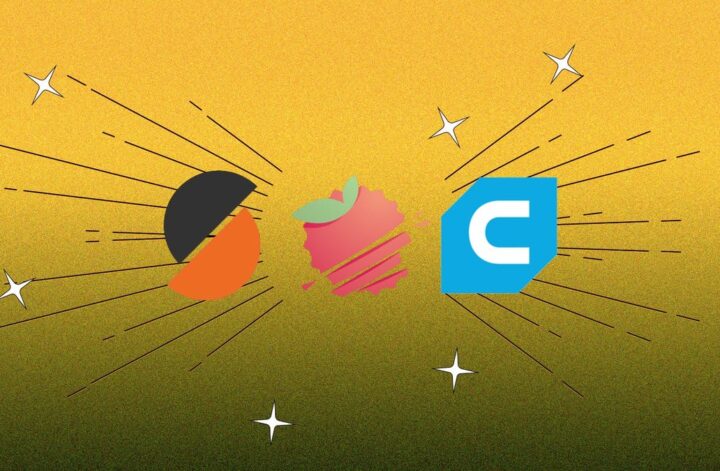3D printing requires a lot of moving parts. Most people buying 3D printers for the first time don’t know that specific software is also needed in order to make a 3D model ready for printing. These programs are called slicers, and they’re essential for making your 3D printer, well, 3D print.
What is a slicer for 3D printing?
A 3D printer slicer is a key part of the printing process. See, a slicer is a piece of software for your PC or Mac that can convert a 3D model file — normally with the file extension .STL, .3MF or .OBJ — into a file that is usable by your 3D printer. A printer is essentially a sophisticated plotting machine that moves to certain coordinates told to it by the slicer in the programming language G-code. That’s why slicer software is so important.
A slicer does exactly what it sounds like. It cuts a 3D model into small “sliced” layers that are printed individually but stacked on top of each other. A slicer is also responsible for:
- How hot the printer should be
- How fast the printer should go
- Where to put the supports on the model
- How much infill is required for the model
- Where the print head should be at any given second
- How much material to extrude in each layer
- And many more settings that can be tweaked
Basically, everything that makes your printer useful is told to it by the slicer, so it’s the most important piece of software you can own.
Now that we know what a slicer does, we can talk about which ones are the best to use. The best slicers will be determined by what kind of 3D printer you have and what you use it for. Resin printers often require different slicers to FDM machines, so this article will tell you which is which.
Best 3D printing slicer
For the best slicing experience for FDM printers, you can’t do better than PrusaSlicer. Despite being made by a 3D printer manufacturer, it isn’t proprietary to Prusa printers and has a huge array of printers to choose from. If your printer isn’t on the list, there is a way to create a custom setup for any 3D printer.
Cura has been a go-to slicer for millions of people for nearly a decade now. It’s constantly updated and improved upon, not just by UltiMaker, which created it, but by hundreds of users that actively contribute to the open-source code base. It’s also used by many 3D printing manufacturers as the base for their branded slicers that often come with their 3D printers.
Chitubox has been my go-to slicer for resin printing for as long as I’ve used a resin 3D printer. While there are many similarities between resin and FDM slicers, the biggest difference is the ability to hollow your models and the way the supports are designed and generated. Resin prints are hung upside down, so the support structures have to be placed differently.
Almost all slicers are software that needs to be downloaded onto your PC or Mac. Kiri:Moto is browser-based, making it platform-independent and capable of running on something as simple as a Chromebook. This gives you the opportunity to use lower-end laptops and spend the saved money on more 3D printers.
Lychee has been a resin printing fan favorite for a long time now for good reason. Not only does it do everything Chitubox can, it also has a clever setting that will find the best orientation for your print to reduce the number of supports needed. It’s a versatile resin slicer, and its latest update puts it firmly in the big leagues.
In 2013, when Simplify3D was released, it was an astounding jump forward for 3D printing. As a slicer, it was leagues beyond anything that was available at the time, with an intuitive interface and some of the best supports in the business. I started using it in 2017, and while it was still pretty good, it barely received any updates and other slicers were starting to catch up. It was still good at supports and produced great quality prints, but a lot of new machines weren’t available and the support had vanished.
3D printing slicer FAQ
Can I use any slicer with any 3D printer?
While a lot of slicers work with different machines, not all of them are compatible. It would be incredibly hard to write a universal slicer for every 3D printer in existence. That being said, most slicers will allow settings for a custom machine to be added manually. So as long as the slicer is available for the type of printer you are using (like FDM or resin), you should be able to use it.
Why do you focus on supports so much?
When testing all the different slicers out there, I found that the way they handled supports had the most impact on the print quality. Most slicers have pretty much the same abilities, like infill patterns and speed control, but each one has a slightly different way of making supports.
Should I use the slicer that came with my 3D printer?
3D printers often come with their own branded slicer and, more often than not, they’re based on the open-source Cura platform. If you’ve bought a printer from Elegoo, Creality, Anycubic or Lulzbot you’ll have seen the branded slicer is based on Cura with some minor tweaks.
